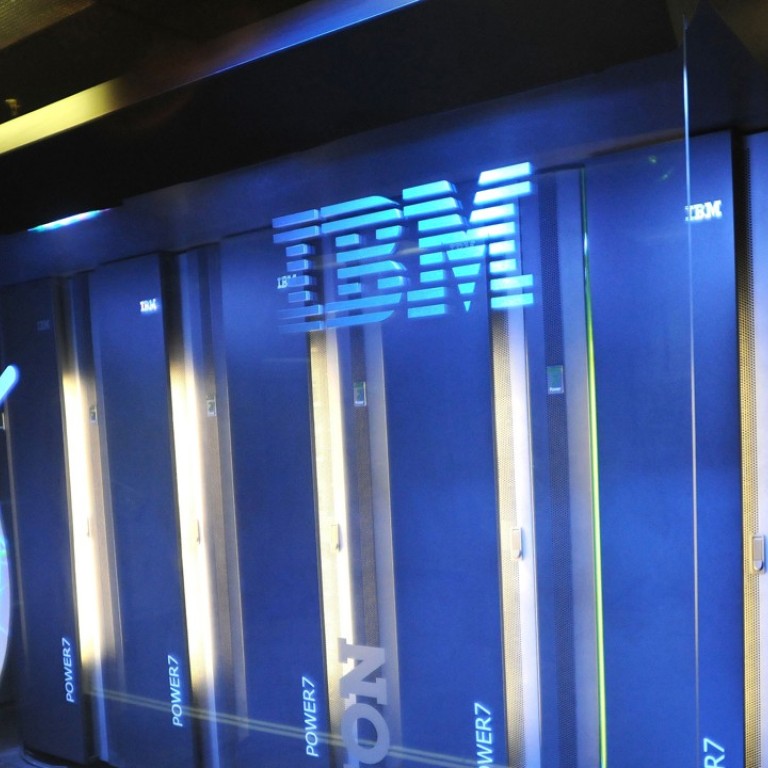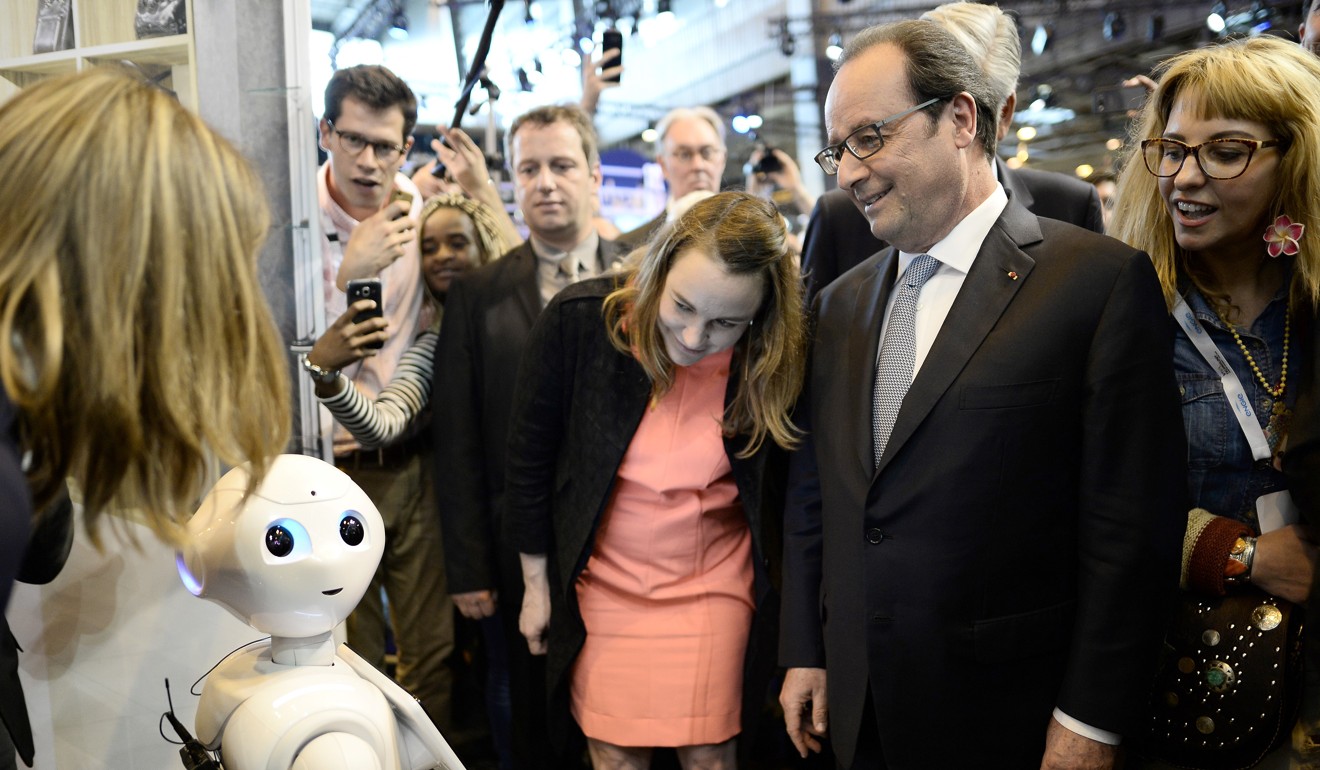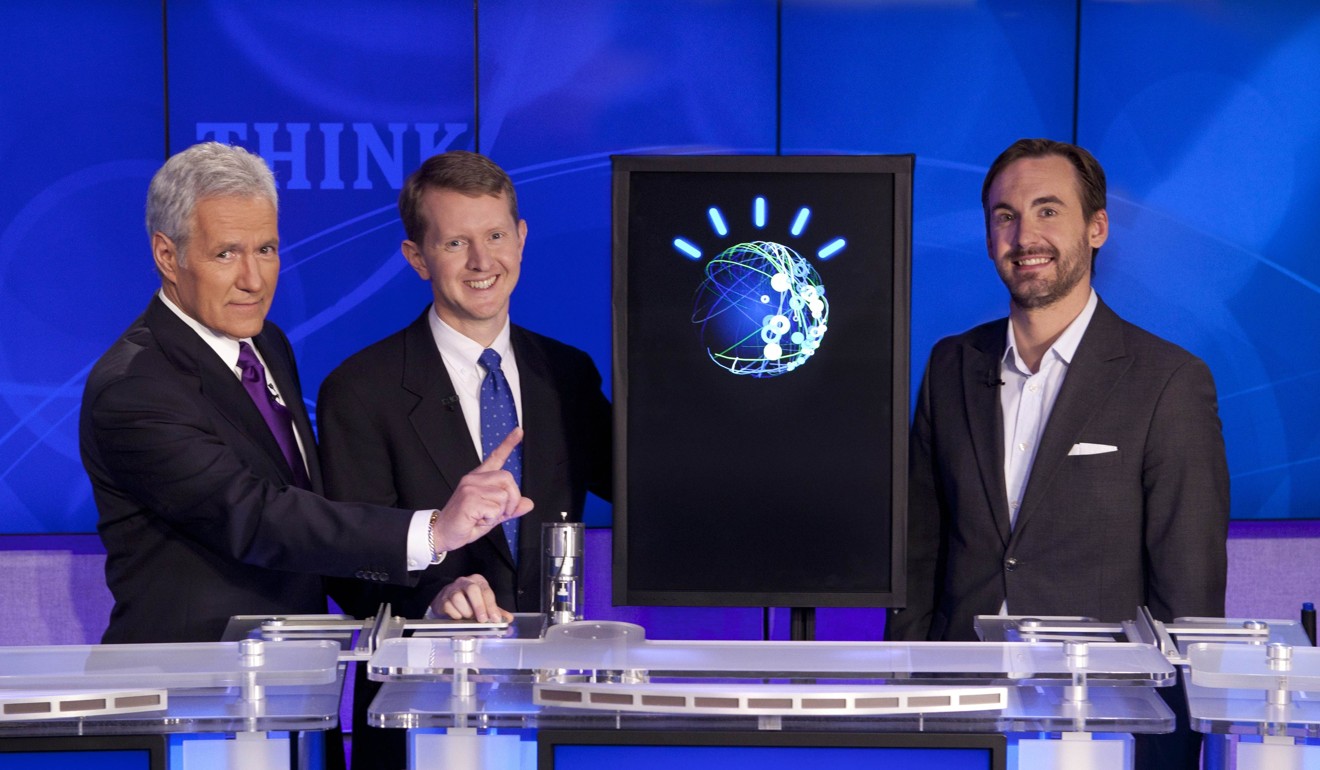
Artificial Intelligence: the doctors Chinese patients can’t beat up
The use of artificial intelligence in diagnosing and treating cancer and other illnesses could help ease the load on China’s overburdened health care professionals – and they can’t be physically assaulted
For Zhao Changlin, an oncologist at a hospital in Guangzhou city, China, life is full of challenges. One of his patients, a woman with late-stage breast cancer, recently begged him to stop her chemotherapy, saying she could no longer bear the pain.
Zhao knows only too well the torment the woman is going through – seeing people in pain is an unfortunate but everyday part of his job. He also knows that giving up the treatment could be fatal.
“She is only 54 years old. If she continues the treatment, she may have another 20 years in front of her,” Zhao said.
In cases like these, Zhao often consults another expert – one from America who, despite the distance, never takes long to weigh up the options and reply. Indeed, after Zhao has turned on his computer, typed in the patient’s medical data and clicked the button saying “Ask Watson”, it can be as little as 15 seconds before Watson has replied with a comprehensive list of treatment options and detailed explanations.
Why 2017 will be Asia’s year for artificial intelligence
If Watson sounds too superhuman to be true, that’s because he is – not human, that is. Watson is an artificial intelligence construct, “born” in an IBM lab and “trained” by researchers at the Memorial Sloan Kettering Cancer Centre in New York City.
IBM Watson for Oncology uses the latest deep learning techniques to provide clinicians worldwide with evidence-based treatment plans. For many of Zhao’s patients – and countless others like them – Watson provides quite literally a lifeline.
“Watson has been really helpful,” Zhao said. “When you cannot make up your mind about which treatment plan to choose, Watson can provide suggestions backed by data and case studies, enabling doctors to make an informed decision.”

Watson is not unique in assisting the daily work of Zhao and his fellow clinicians. In a country with many patients and relatively few medical staff, Chinese hospitals are starting to recruit a new workforce: virtual doctors powered by AI.
At least 40 hospitals in China have deployed IBM’s Watson since it became available last year. Meanwhile, the use of AI technology has gone beyond identifying and evaluating cancer treatment options: AI doctors can read medical images, send health alerts and assist hospitals’ day-to-day operations.
In Beijing, an AI-powered robot named Xiaoqiao is working side-by-side with human receptionists. Programmed to communicate interactively, Xiaoqiao can greet visitors cheerfully, register them and help them find the right doctor.
Why Japan will profit the most from artificial intelligence
Nearly 80 per cent of 5,000 respondents to a survey of medical workers, tech firms and investors this year by Chinese medical information portal HC3i said hospitals they had worked with either had deployed, were in the process of testing or planned to try AI technology. Four out of five said AI doctors had a future in China.
China is racing to challenge America’s global leadership in AI technology. Beijing recently said it planned breakthroughs by 2025 and lead the world in AI by 2030. Analysts said the Chinese government aims to use the domestic market to advance made-in-China AI technologies, as the country’s 1.3 billion people would be an ample source of the vast amounts of data needed for machine learning.
AI has many possible applications: Chinese leaders have highlighted those in health care, defence and education in particular.
This priority is driven in part by a medical manpower shortage. The World Health Organisation estimated that in 2015 there were only 1.5 physicians for every 1,000 people in China, compared with 2.5 in the US and 2.8 in Britain. China’s rapidly ageing population means the pressures on hospitals will only increase. And it is not only American tech firms that stand to benefit but their Chinese counterparts, too.

Beijing-based Huiyihuiying, for instance, said it has AI doctors capable of interpreting CT scans. It claims its programme can identify early indications of lung cancer almost as accurately as top Chinese doctors in less time – reading a CT scan and making diagnoses within seconds compared to five minutes needed by human doctors.
There is another advantage for Chinese hospitals in using AI technology: computer programs can’t be assaulted.
One in five doctors in China had been assaulted by a patient at least once and four in five had been verbally abused, according to a 2016 survey by Yimi Research. The survey said distrust and a lack of communication were the primary triggers for conflict.
“It is true that many patients in China don’t trust their doctors and this problem appears often,” said Zhao, who has been working in China’s health care sector for more than 20 years. “Patients simply don’t understand how doctors make decisions, while doctors often have no time to explain to them.”
On a normal day, Zhao might spend 15 minutes explaining to a cancer patient why he favours one treatment over another. But at his busiest, he has time only to tell them what treatment he prescribes – and no time to explain his reasons.
The Machines are Coming: China’s role in the future of artificial intelligence
“When you have so many patients waiting, you don’t have the luxury to explain everything thoroughly, even though you really want to,” Zhao said.
That’s where AI doctors such as IBM’s Watson can offer an extra hand. When a patient’s medical records are filed, Watson can generate a detailed report about suggested treatment plans, the reasons behind its suggestions, survival rates and possible side effects. Patients can then read the report and come back with specific questions – something that “has greatly reduced doctors’ workload and improved the communication”, according to Zhao.

Still, Watson doesn’t come cheap. His wisdom costs about US$1,000 per inquiry in China and is not covered by insurance companies, or at least not yet. Nor is it included in government-subsidised health care. Partly for this reason, Zhao has used Watson’s help on fewer than 10 patients since June.
Cost is not the only barrier. Although Chinese companies have made progress, AI technology is still dominated by Western firms, and it is unclear to what extent they will be able to access Chinese databases.
“Our sources told us that because IBM is a foreign company, it has been facing significant roadblocks trying to access key data needed for IBM Watson to work effectively,” said Soh Sia Tin, an analyst at China Strategic Research in Beijing.
IBM did not answer a request for comment. Cognitive Care, a Hangzhou-based firm which has helped IBM introduce Watson to China, said it was scrambling for ways to localise the technology but that process could take time. As a result, the AI doctor now offers treatment options based on what it learned in the West, and sometimes ends up suggesting medicines which are not even available in China.
For now, such problems have not discouraged patients from trusting Watson with their lives. Last month, when Watson’s skills were updated to include treatments for prostate cancer, one of Zhao’s patients immediately signed up. The patient, 72, said he was aware of the high cost and possibility that even AI might fail to deliver a solution.
“But conventional treatment plans no longer work on me,” he said. “New technology brings new hope.” ■

